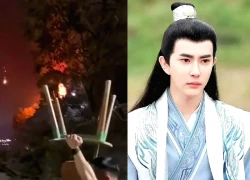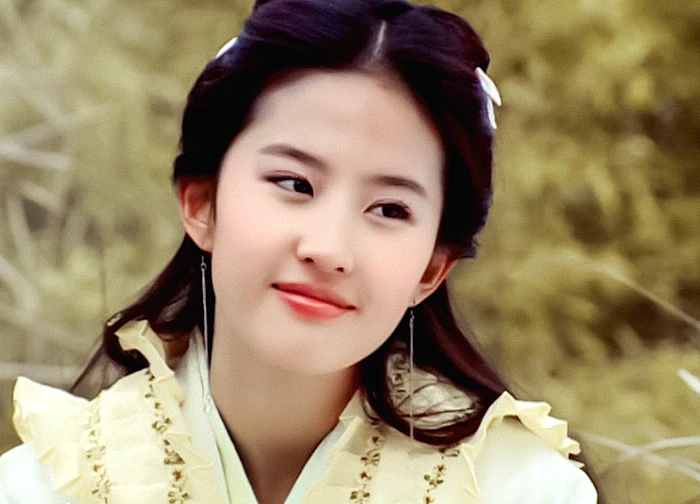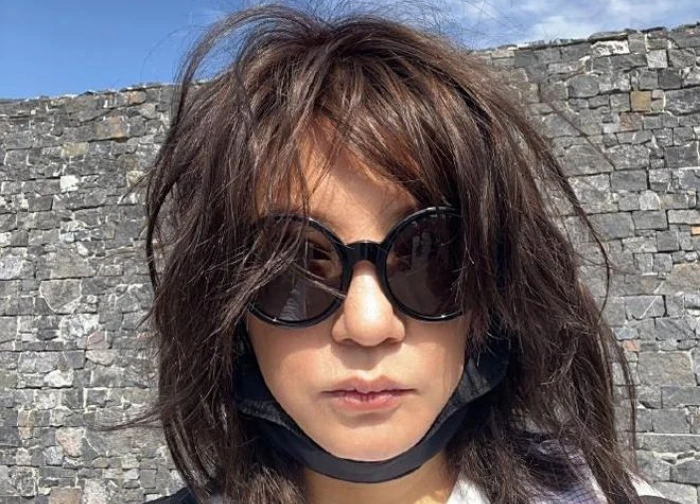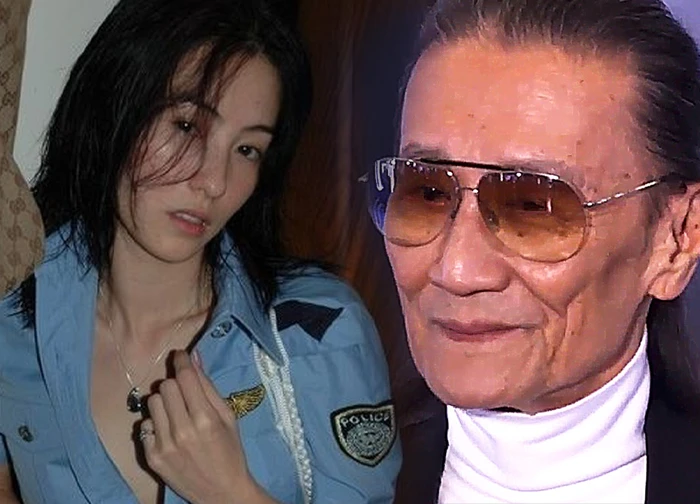Trieu Lo Tu reveals her illness, after the success of "Let Me Shine"

1 | 0 Discuss | Share
The Tomb of Qin Shi Huang, located in Shaanxi Province, Northwest China, is one of the world's greatest and most mysterious historical sites. It was discovered by chance in the 1970s of the last century.
Archaeological Status and Excavation Prohibition
Despite its great appeal and mysteries, excavations of this tomb have so far been strictly prohibited by the Chinese authorities. This decision stemmed from the perception that modern archaeological technology was not yet capable of carrying out such a large and important task without causing harm. In addition, scientists are also concerned that exposure to air could cause artifacts, especially the original colors of terracotta statues, to be irreversibly damaged. Therefore, the preservation of the status quo of the monument becomes a top priority.
Scientists still rely on remote-controlled induction methods to study the mysteries that lie deep underground. Through this method, Xinhua confirmed the existence of a pyramidal tower inside the tomb. Archaeologists speculate that this tower was built as a spiritual structure, serving as a place for the heroic spirit of the emperor to transcend and fly to eternity. The discovery of this work has further increased the worldwide interest in the tomb.
Qin Shi Huang: Merit and Harsh Ruling Style
Qin Shi Huang (Zheng Zheng) ascended the throne as emperor in the third century BC, choosing Xi'an as the capital. Regarding the origin, although the official name is the son of Zhang Xiangwang of Qin, historical anecdotes still circulate that he was the biological son of businessman Lu Wuwei after this merchant offered the beauty Trieu Co (who was already pregnant) to Prince Tu So (i.e. Trang Xiang Wang).
Regardless of his origin, Qin Shi Huang was a king with many great achievements to the cause of national construction. He successfully unified the language and script, reformed the administrative apparatus, and divided the country into 36 districts with officials directly appointed by the imperial court. In particular, he was the one who ordered the pre-existing citadel sections to be connected, alluvial and consolidated to form the great Great Wall, preserving the ancient name.
However, according to Sima Tian's Chronicle, Qin Shi Huang honored "water virtue" (the virtue of the country), leading to a hard, strict, harsh, austere style of ruling, and only using the law to decide everything, not using virtue or humanity. This philosophy represents substitution and remedy, seen as the means necessary to quell the remnants of the chaotic Warring States period and establish an absolutely unified empire. It is this oppressive rule that has created many fierce historical anecdotes.
He once burned books and buried hundreds of Confucians alive outside Hamyang Citadel – an act aimed at suppressing not only scholars but also opposing political ideologies. He also exploited his strength to build magnificent castles, typically the A Phong Palace used up to 70 thousand prisoners.
"Rain of fireballs" suddenly fell on China, the wrath of heaven over the Wu Mong Lung case?  An chi17:15:09 04/10/2025The rain of fireballs suddenly appeared in Hunan, causing Chinese public opinion to be shaken, many people associate this as a sign of heaven and earth being angry at the mysterious death of Vu Mong Lung.
An chi17:15:09 04/10/2025The rain of fireballs suddenly appeared in Hunan, causing Chinese public opinion to be shaken, many people associate this as a sign of heaven and earth being angry at the mysterious death of Vu Mong Lung.

1 | 0 Discuss | Share

3 | 0 Discuss | Share

2 | 0 Discuss | Share

4 | 0 Discuss | Share

1 | 0 Discuss | Share

3 | 0 Discuss | Share

2 | 0 Discuss | Share

4 | 0 Discuss | Share

0 | 0 Discuss | Share

2 | 0 Discuss | Share

2 | 0 Discuss | Share

1 | 0 Discuss | Share




2 | 0 Discuss | Report